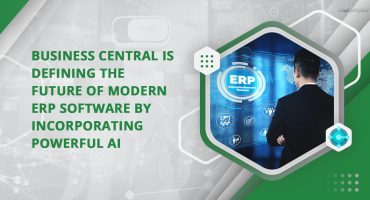Statsmodel
As the name suggests, statsmodels is a Python library designed specifically for statistical analysis. It builds on NumPy, SciPy, and matplotlib, but goes beyond these numerical libraries with advanced functions for statistical testing and modeling that you won’t find in NumPy or SciPy. Statsmodels excels in providing comprehensive statistical models, detailed summaries, and advanced hypothesis testing, which are crucial for building robust machine learning solutions. Its ability to handle complex statistical tests and time series analysis makes it an invaluable asset for extracting meaningful insights from data.
At Akkomplish, we use Statsmodels for developing machine learning models because it offers powerful statistical analysis tools that enhance our modeling capabilities. By leveraging Statsmodels, we ensure that our models are not only accurate but also backed by rigorous statistical validation, leading to more reliable and actionable results for our clients.




